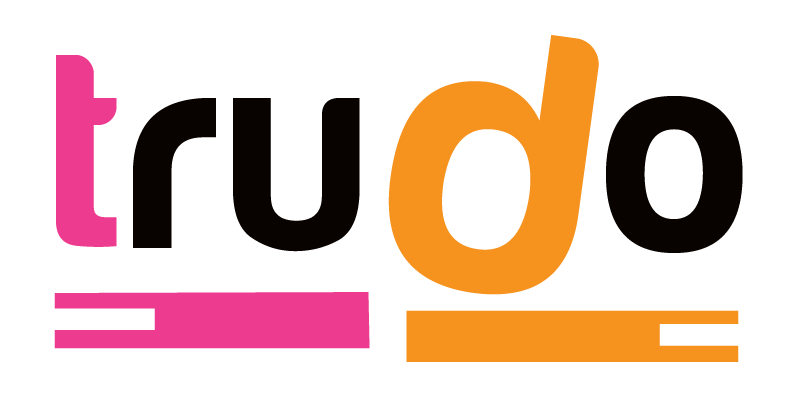13 Nov [WebDesign] – Why the Page Fold Still Matters
What appears at the top of the page vs. what’s hidden will always influence the user experience—regardless of screen size.
Source: The Fold Manifesto: Why the Page Fold Still Matters*
Webdesign 101: Fold + Flow
Increasingly as we are asked to revisit websites that are in need of a refresh and to offer advice on ways to update the look and feel of the site.
One of the first things we look at is how the site looks, feels and flows on mobile devices.
Ideally you want to hit these 3 key points in combination of punches to get your visitor to stick on the site and get to where the information they need is.
If it LOOKS good but feel & flow is wrong your visitor won’t make themselves at home.
Get the FEEL right & LOOK good you’re doing better but the site will feel clunky without FLOW.
But get the FLOW spot on and all of a sudden there is less focus on the FEEL & LOOK.
Key to getting the flow is the positioning of the fold – which being a word from print media indicates the information visible at first glance. It is the information above the fold that allows you make the split second decision between picking up this newspaper over that one.

The headlines, the captivating image, that stops you, the carefully worded and positioned promise of more great information inside or ‘below’.
Paper Website
The same applies to website design. You have to imagine your landing page as the visible top half of the newspaper.
Have you key information readily available? Enough of a digital story to capture that fleeting attention? Grab it and draw it in?
Just like there are no arrows or pointers on a newspaper your website should be intuitive enough that readers don’t need to be told to scroll down.
[bctt tweet=”What we find at the top of the page helps us decide to continue scrolling, navigate to another page, try another site, or abandon the task altogether.” username=”SquarevMedia”]
Make your site flow below the fold and you will be appreciated for it.
As our screens shrink with more and more viewing happening on mobile device our need for flow increases.
When little appears at the top of a small mobile screen, we look for more below. But we don’t do so because we like scrolling. We do so because we expect that there is more information of value to us below the fold.
Source: The Fold Manifesto: Why the Page Fold Still Matters*
Side Bar

A point to consider is, while mobile browsing is massively on the rise, relative conversions are not equivalent or even close to desktop numbers.
…it’s a different story for Smartphones since these convert at one third to one quarter of the rate of traditional or tablet devices.
Source: Smart Insights – Ecommerce conversion rates 2016**
What this indicates to us is that people carry out research on mobile devices to close the deal at a later stage from the comfort and security of a desktop or tablet. Think of people using their phones in a commuter setting to later sit at a desk to carry out their work. Same idea as a newspaper!
At this stage we are all conditioned to flick or scroll for more information.
Apart from checking a website is responsive and adapts to viewing off mobile devices, what we have to do in web-design is ensure that the information below the fold is sufficiently good enough to encourage visitors to continue to roll down and read your content.
Overloading with a wall of text or endless galleries of images would test the patience of a saint. Balance is what we strive for.
And click through. Never forget the click through!

* Source: The Fold Manifesto: Why the Page Fold Still Matters




No Comments